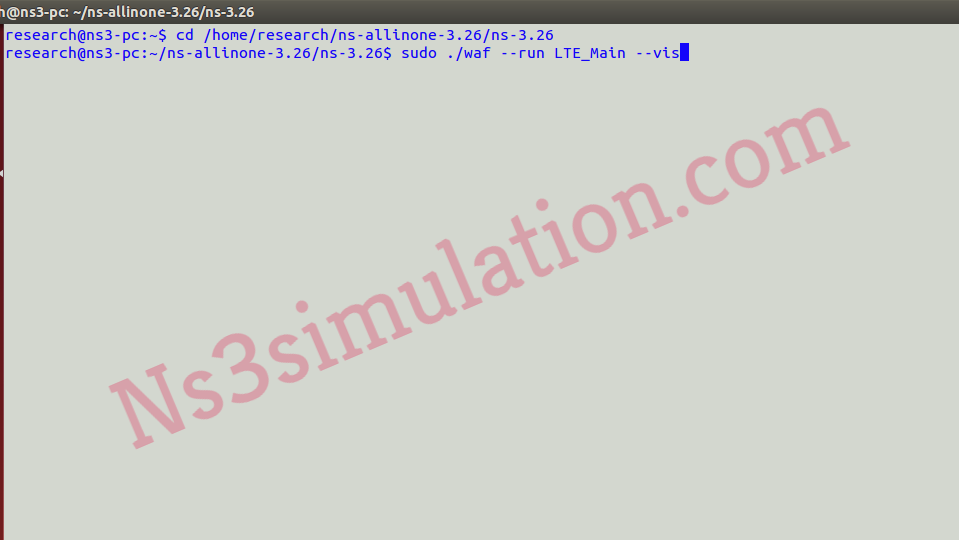As the matter of fact, our experienced technical professionals are well qualified and ready to provide appropriate guidance. Without any delay, let’s see the utilization of network simulator 3 based on LTE projects in the following.
Point: 1 LTE Module in Ns3
The objects based on ns3::LteNetDevice are added to the nodes in network simulator 3 and now we can create the models of 3GPP E-UTRAN infrastructure and long term evolution network. Here, we have added some features based on the network simulator 3 models.
- It is the channel model and PHY layer model
- It is supportive for both uplink and downlink packet scheduling
- Channel quality indicator management
- RRC entities for both the eNB and UE
The models based on LTE network are considered as the provision of basic implementation of LTE devices and that includes the both the MAC and PHY layers and propagation modules.
Point: 2 LTE Based Simulation Code in Ns3
Here, we have highlighted some codes based on network simulator 3 in the following.
- LTE based node configurations
// Install LTE Devices in eNB and UEs
NetDeviceContainer enbLteDevs = lteHelper->InstallEnbDevice (enbNodes);
NetDeviceContainer ueLteDevs = lteHelper->InstallUeDevice (ueNodes);
// Install the IP stack on the UEs
internet.Install (ueNodes);
Ipv4InterfaceContainer ueIpIfaces;
ueIpIfaces = epcHelper->AssignUeIpv4Address (NetDeviceContainer (ueLteDevs));
// Attach all UEs to the first eNodeB
for (uint16_t i = 0; i < numberOfUes; i++)
{
lteHelper->Attach (ueLteDevs.Get (i), enbLteDevs.Get (0));
}
- LTE configurations
Ptr lteHelper = CreateObject ();
Ptr epcHelper = CreateObject ();
lteHelper->SetEpcHelper (epcHelper);
lteHelper->SetSchedulerType ("ns3::RrFfMacScheduler");
lteHelper->SetHandoverAlgorithmType ("ns3::NoOpHandoverAlgorithm");
- Header files
#include "ns3/core-module.h"
#include "ns3/network-module.h"
#include "ns3/internet-module.h"
#include "ns3/mobility-module.h"
#include "ns3/lte-module.h"
#include "ns3/applications-module.h"
#include "ns3/point-to-point-module.h"
#include "ns3/config-store-module.h"
Point: 3 Ns3 Simulation Using LTE
We have enlisted the processes that are required to permit the following simulation functions.
Ptr lteHelper = CreateObject ();
lteHelper->EnablePhyTraces ();
lteHelper->EnableMacTraces ();
lteHelper->EnableRlcTraces ();
lteHelper->EnablePdcpTraces ();
Simulator::Run ();
In addition, the acquired results are highlighted in the following.
- Reference signal received quality (RSRQ)
- Reference signal received power (RSRP)
- Signal to interference and noise ratio (SINR)
Point: 4 Execute LTE Main File in Ns3
The LTE main file in ns3 executed through the below mentioned commands and the results are demonstrated below.
cd /home/research/ns-allinone-3.26/ns-3.26
sudo ./waf --run LTE_Main –vis


Don’t worry if you’ve any doubts, because our technical experts are always ready to help you out.
